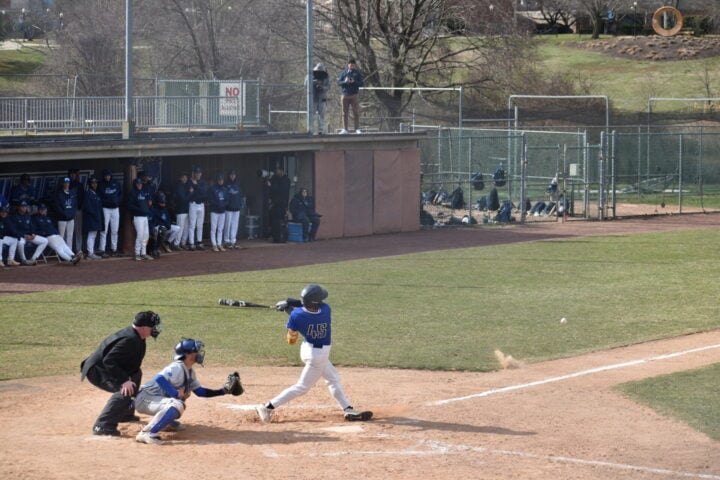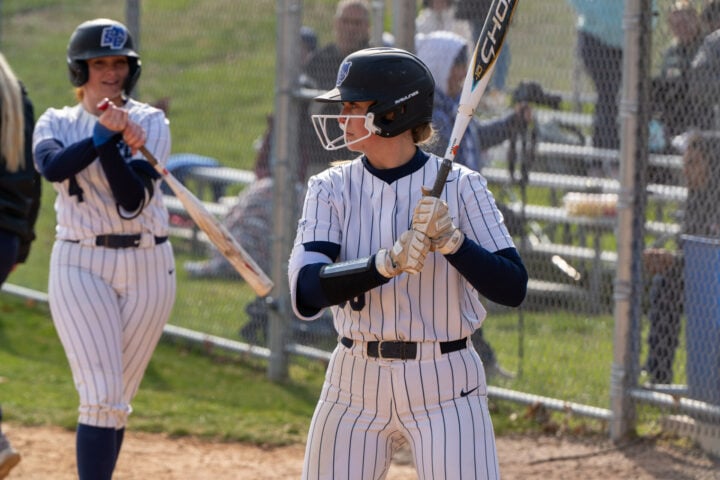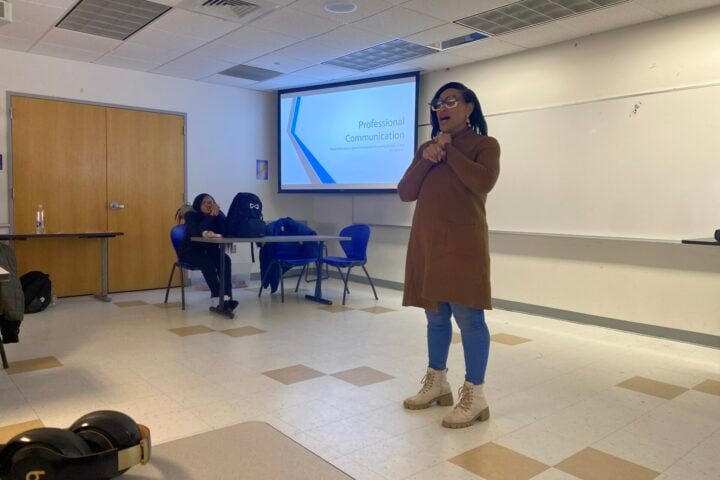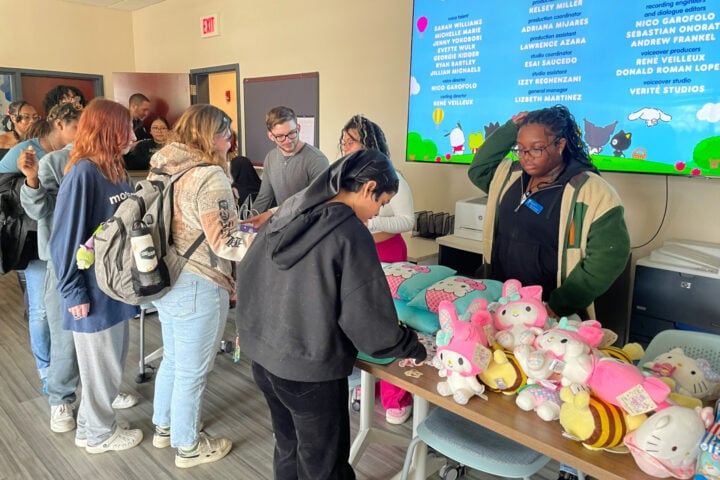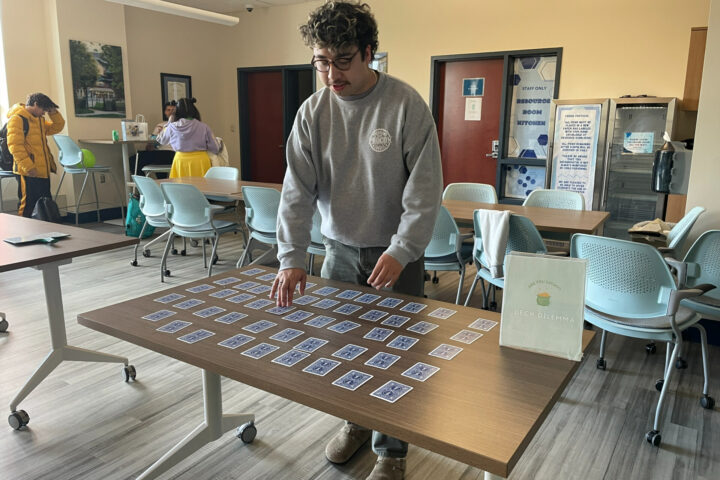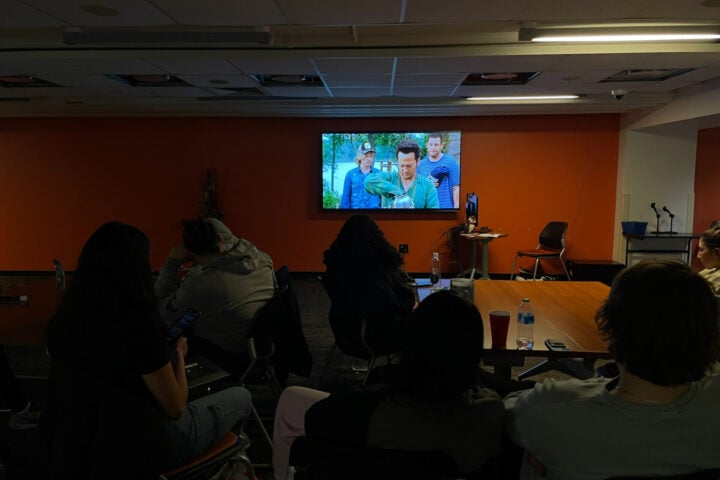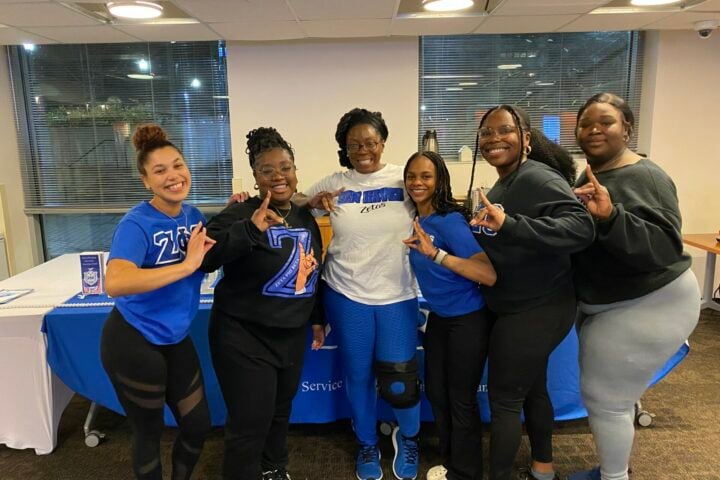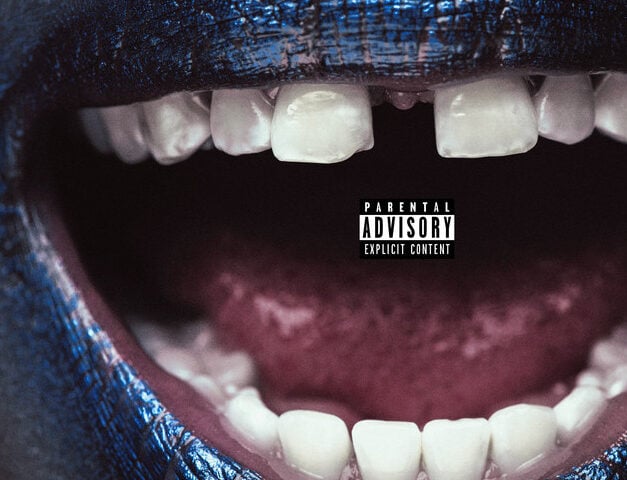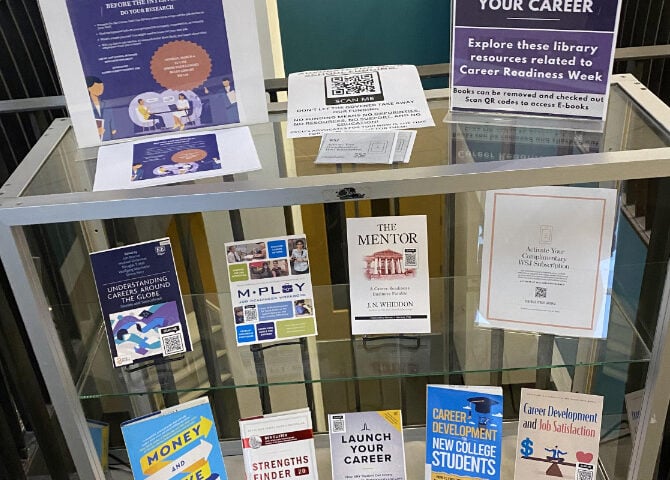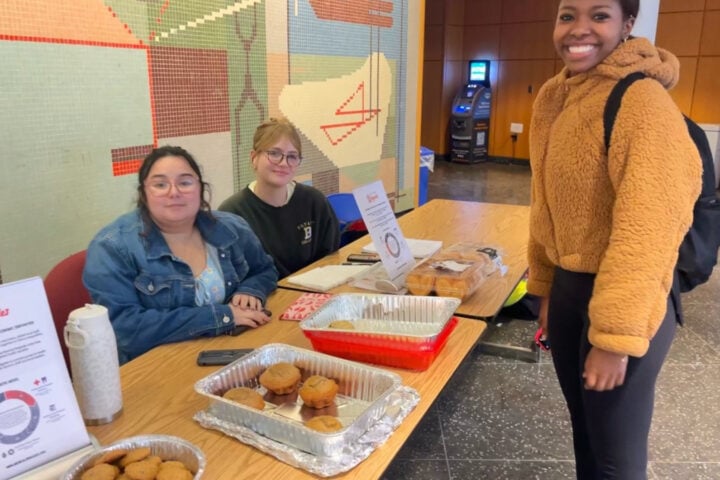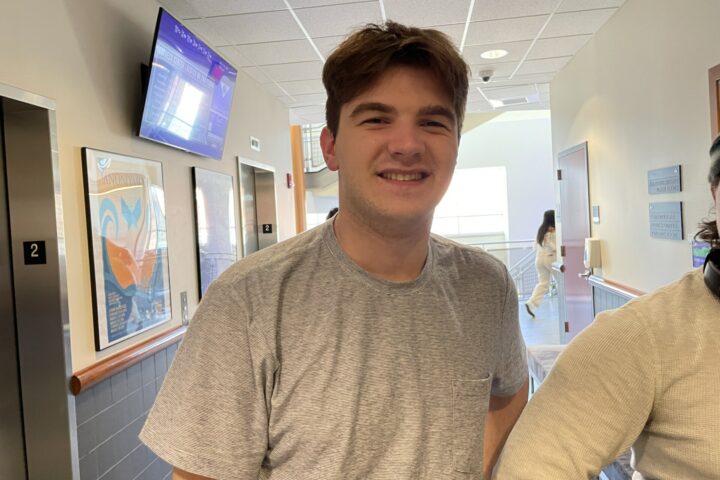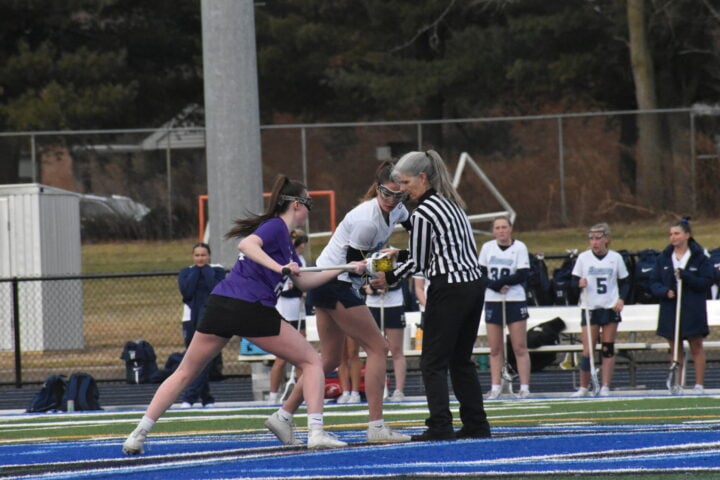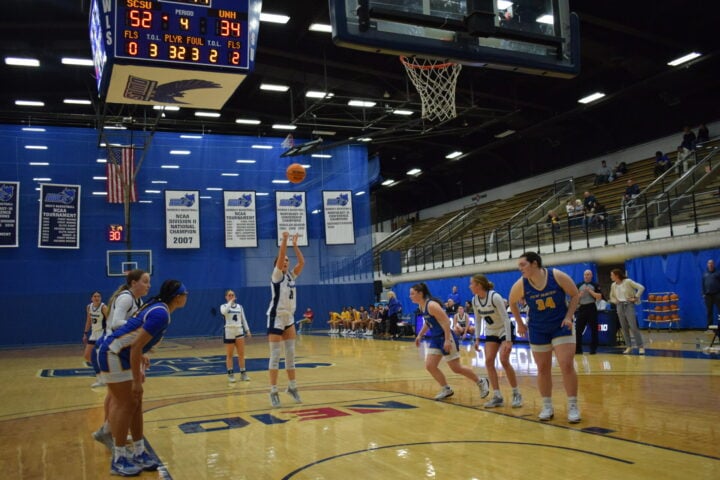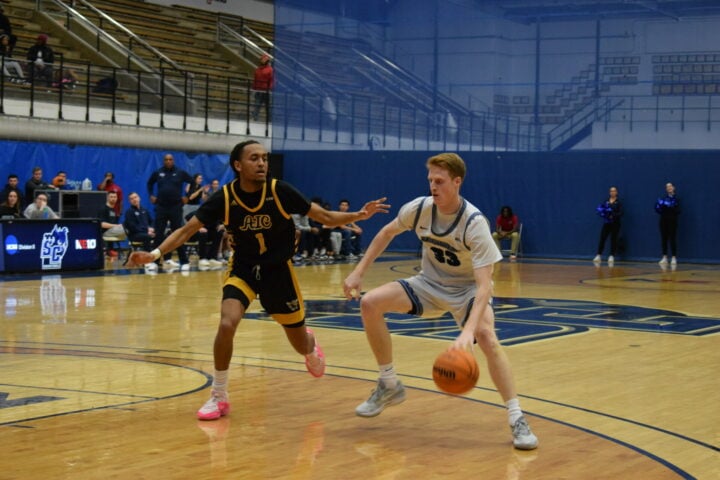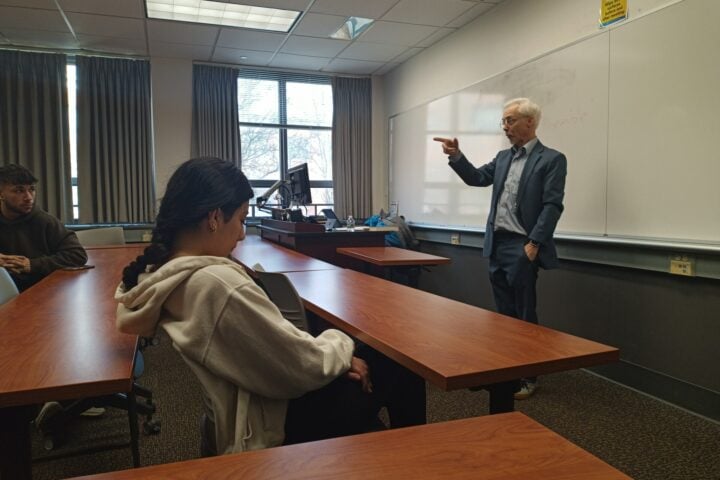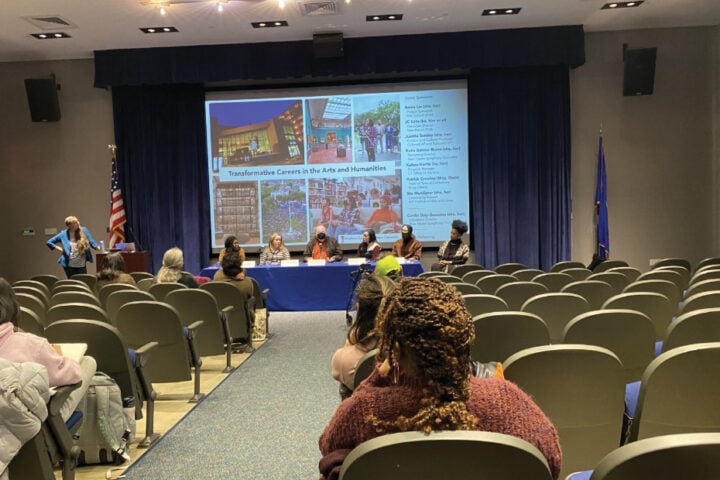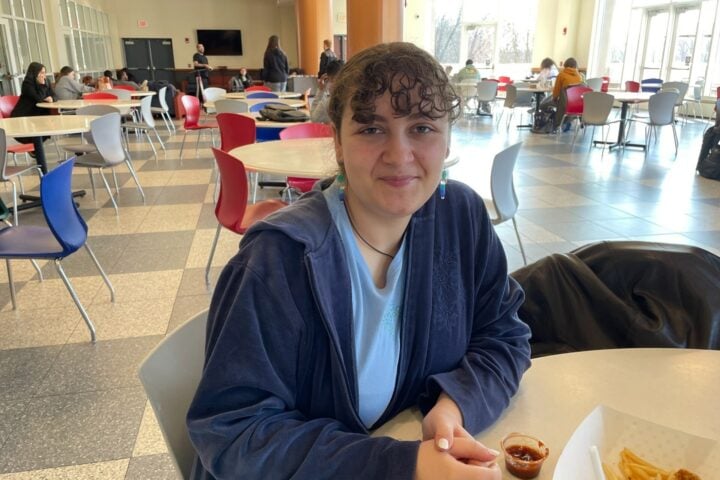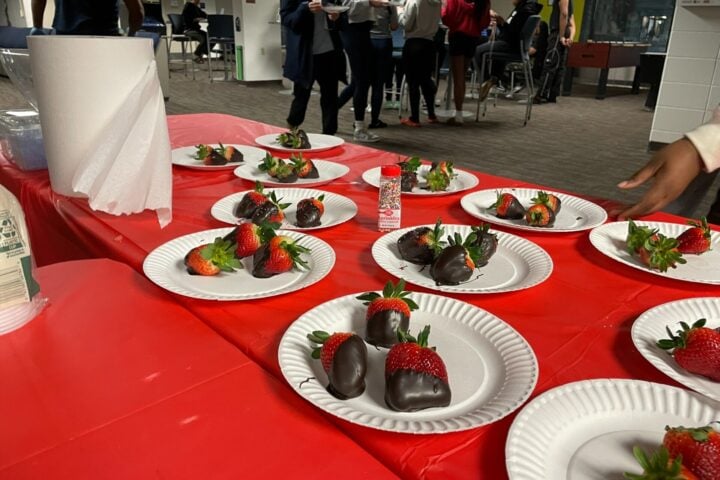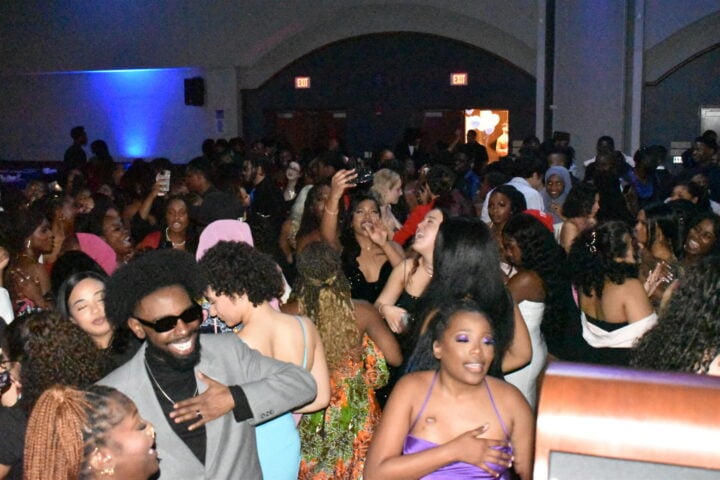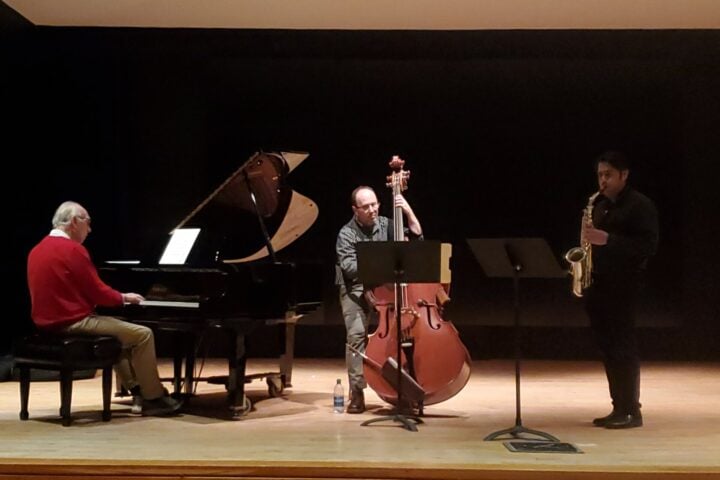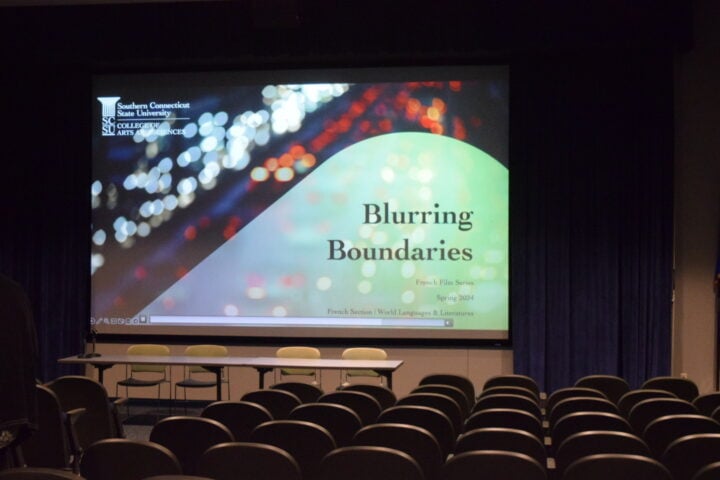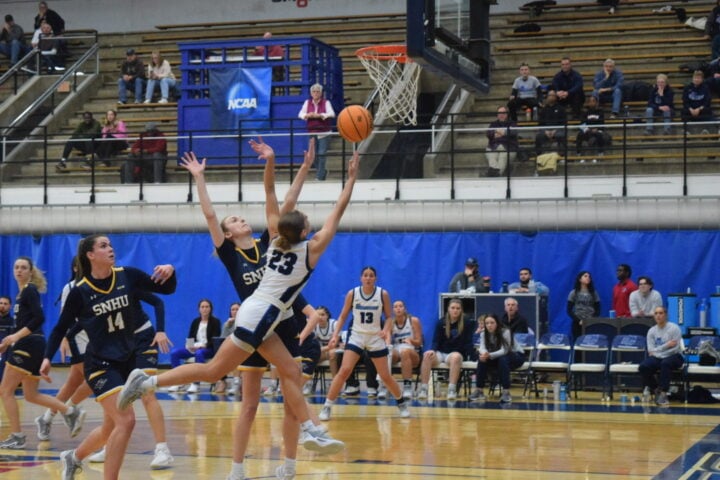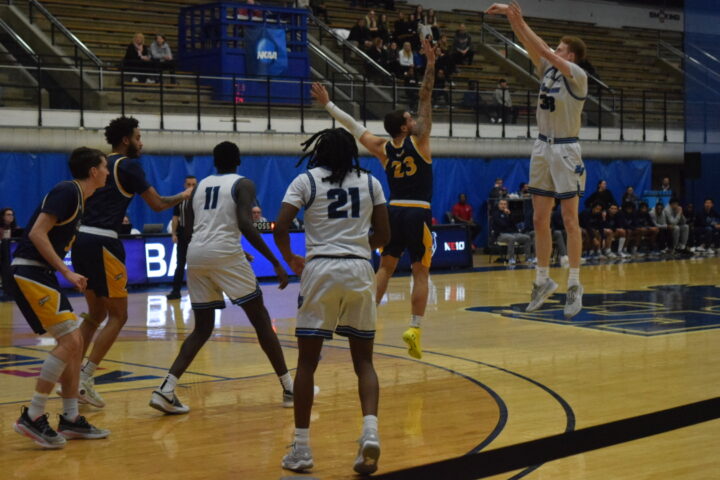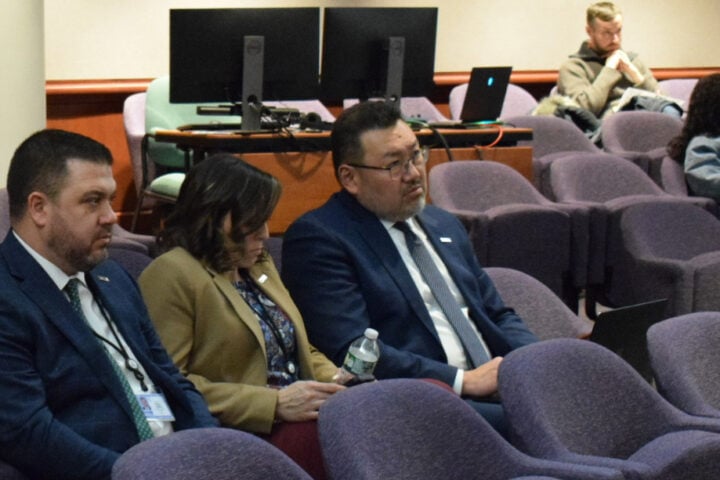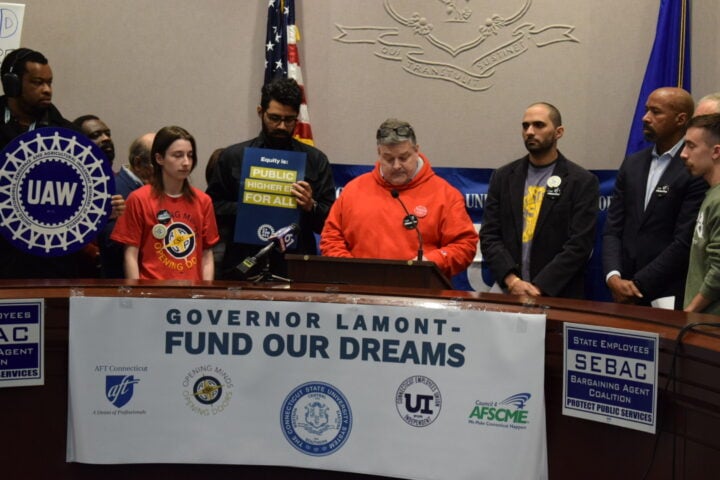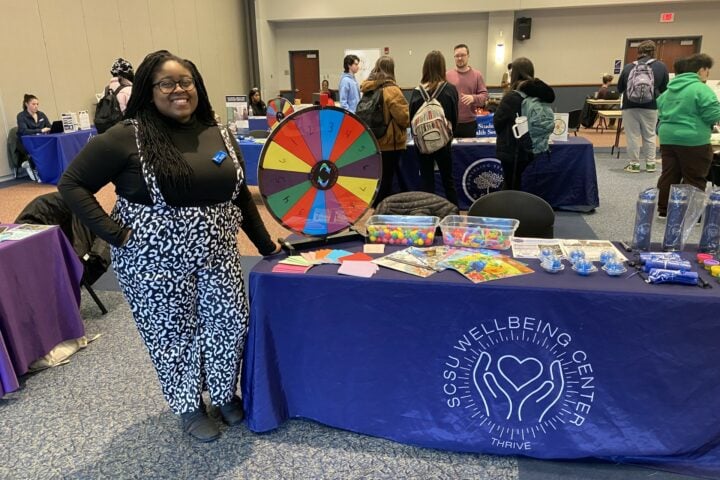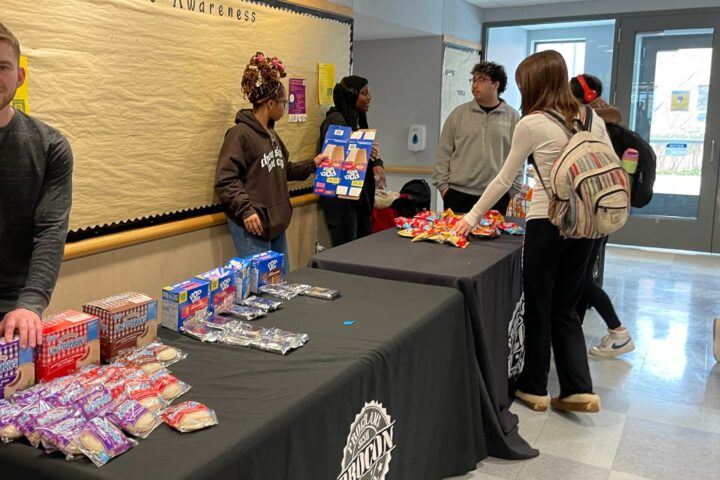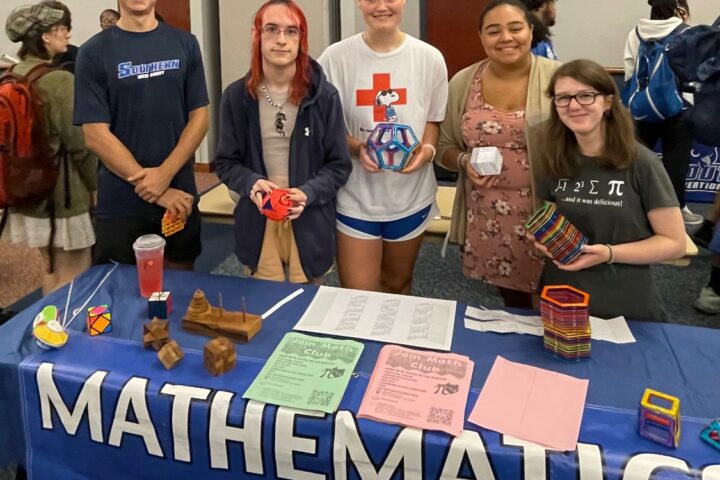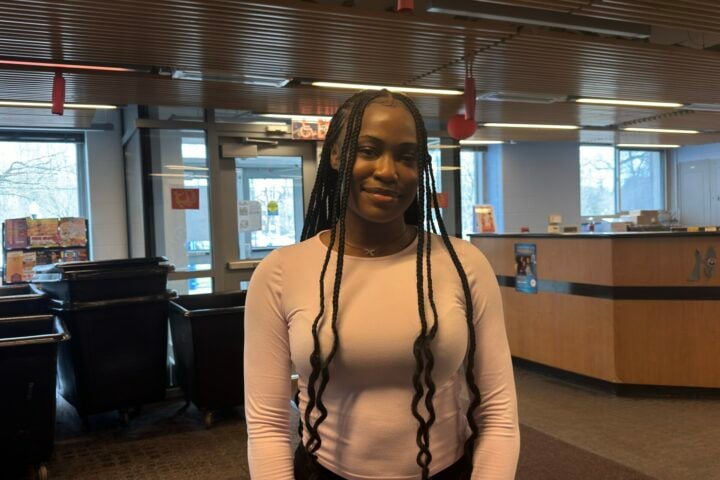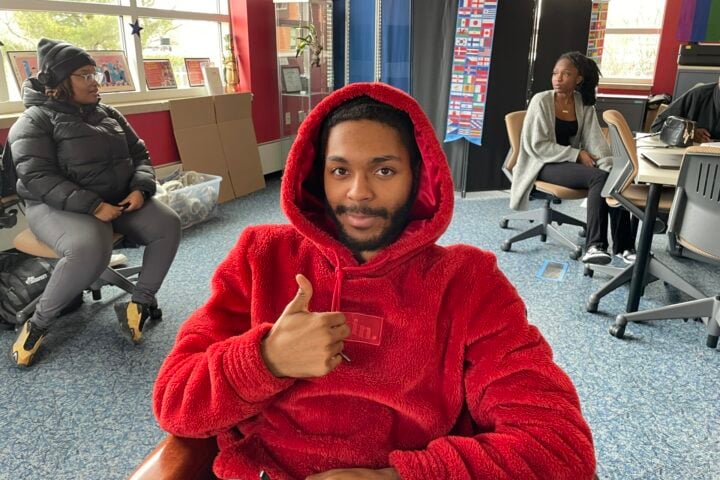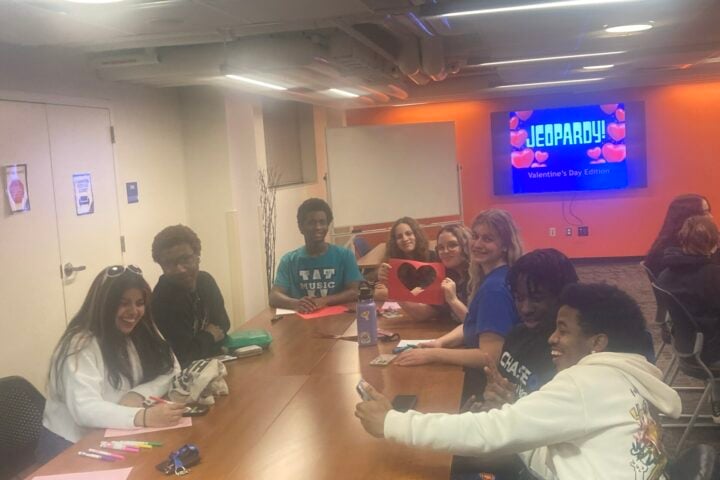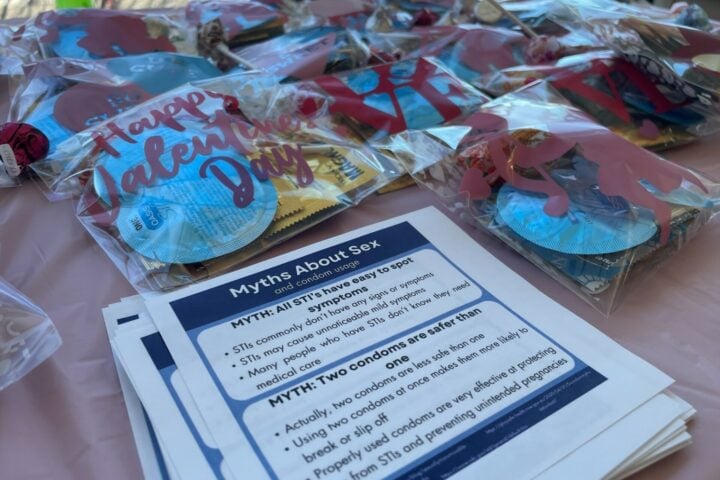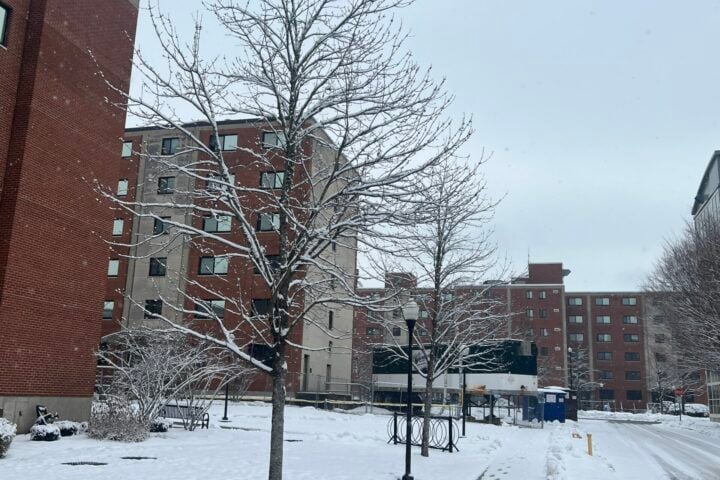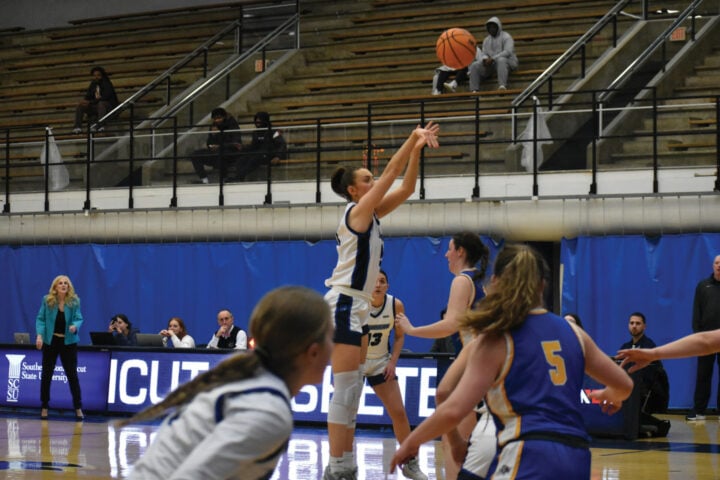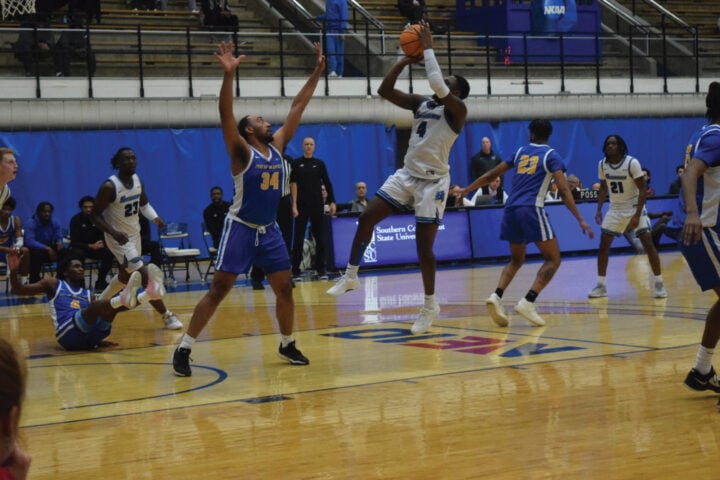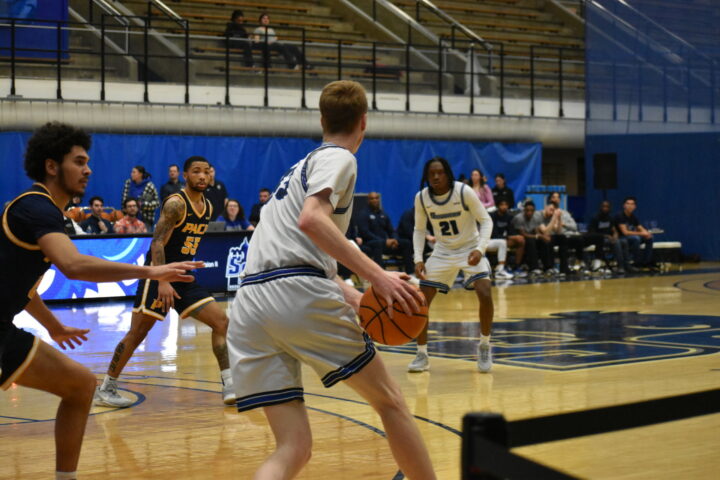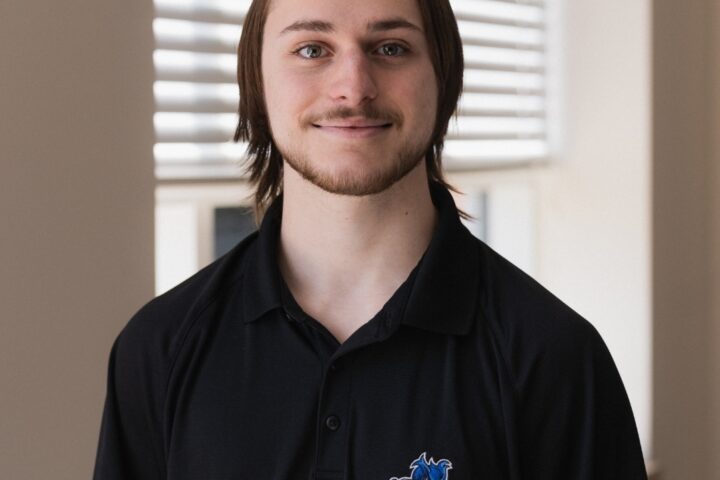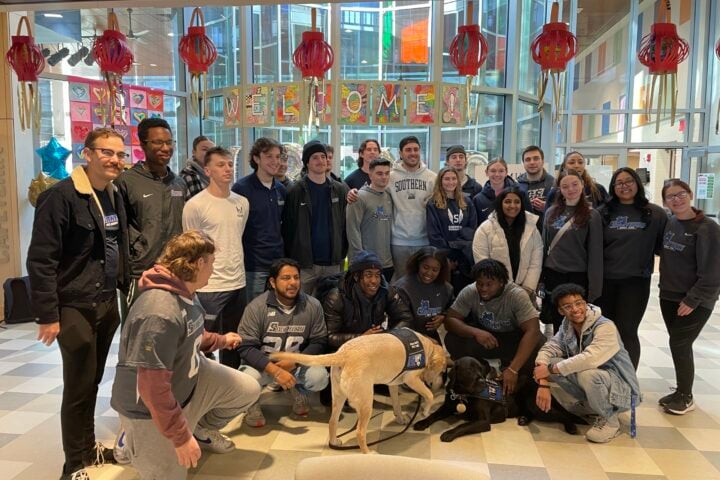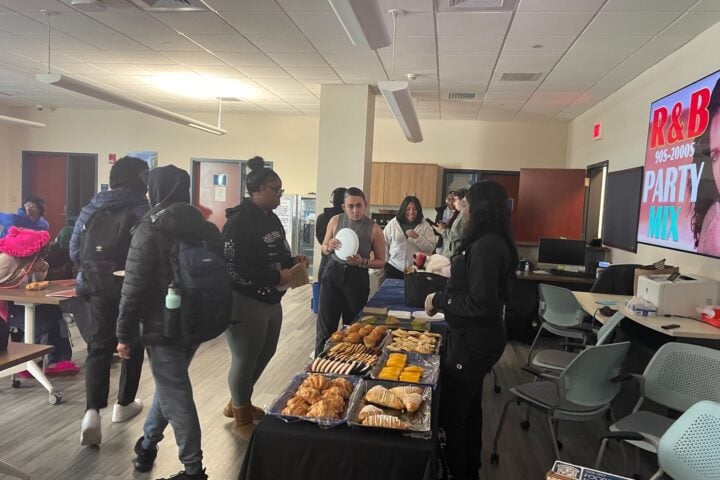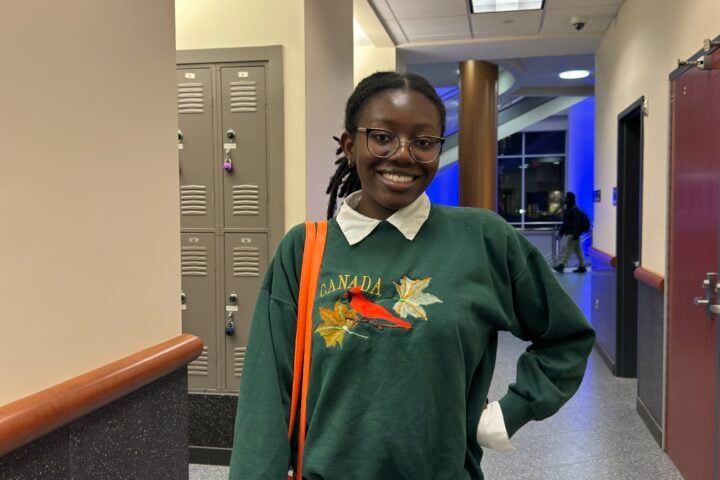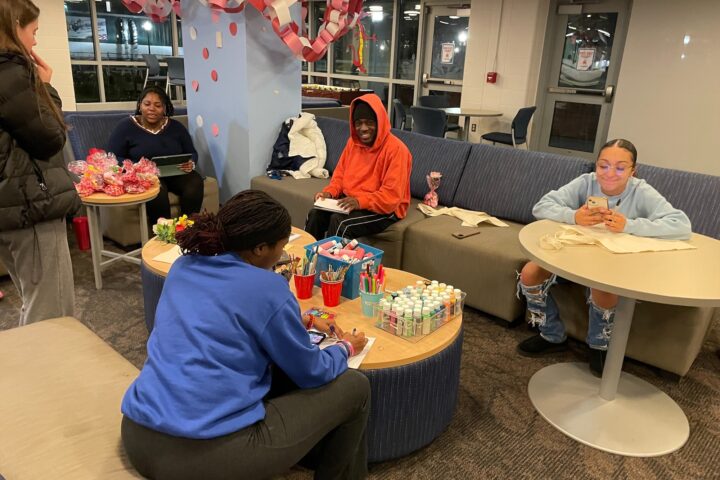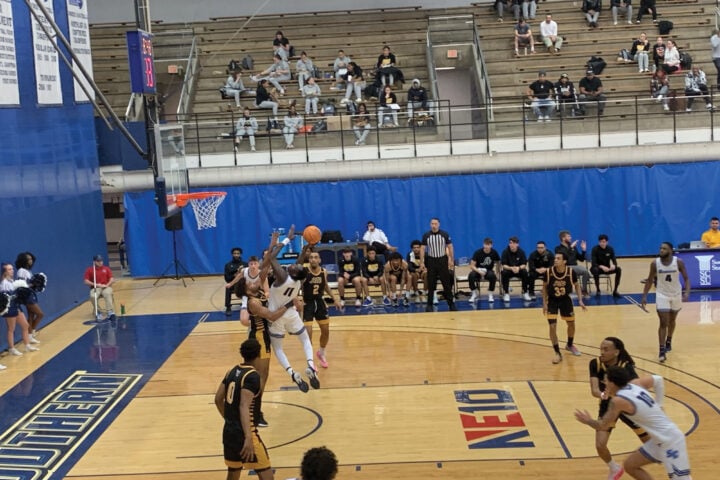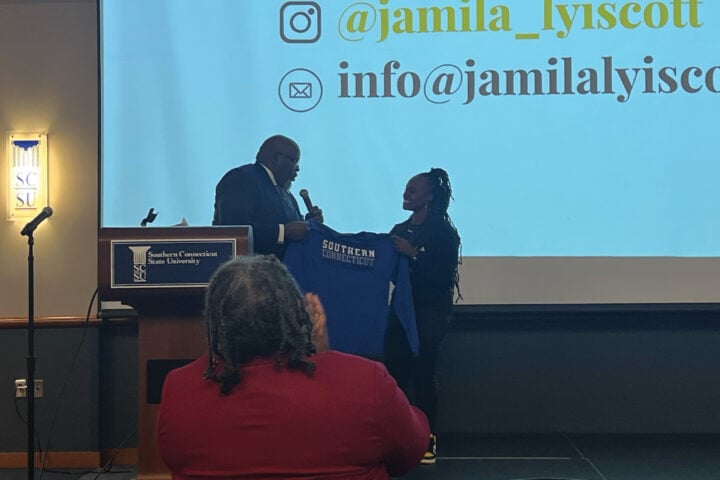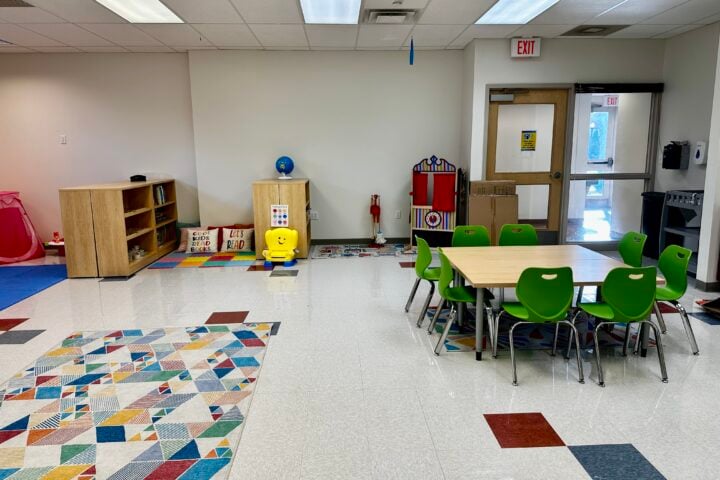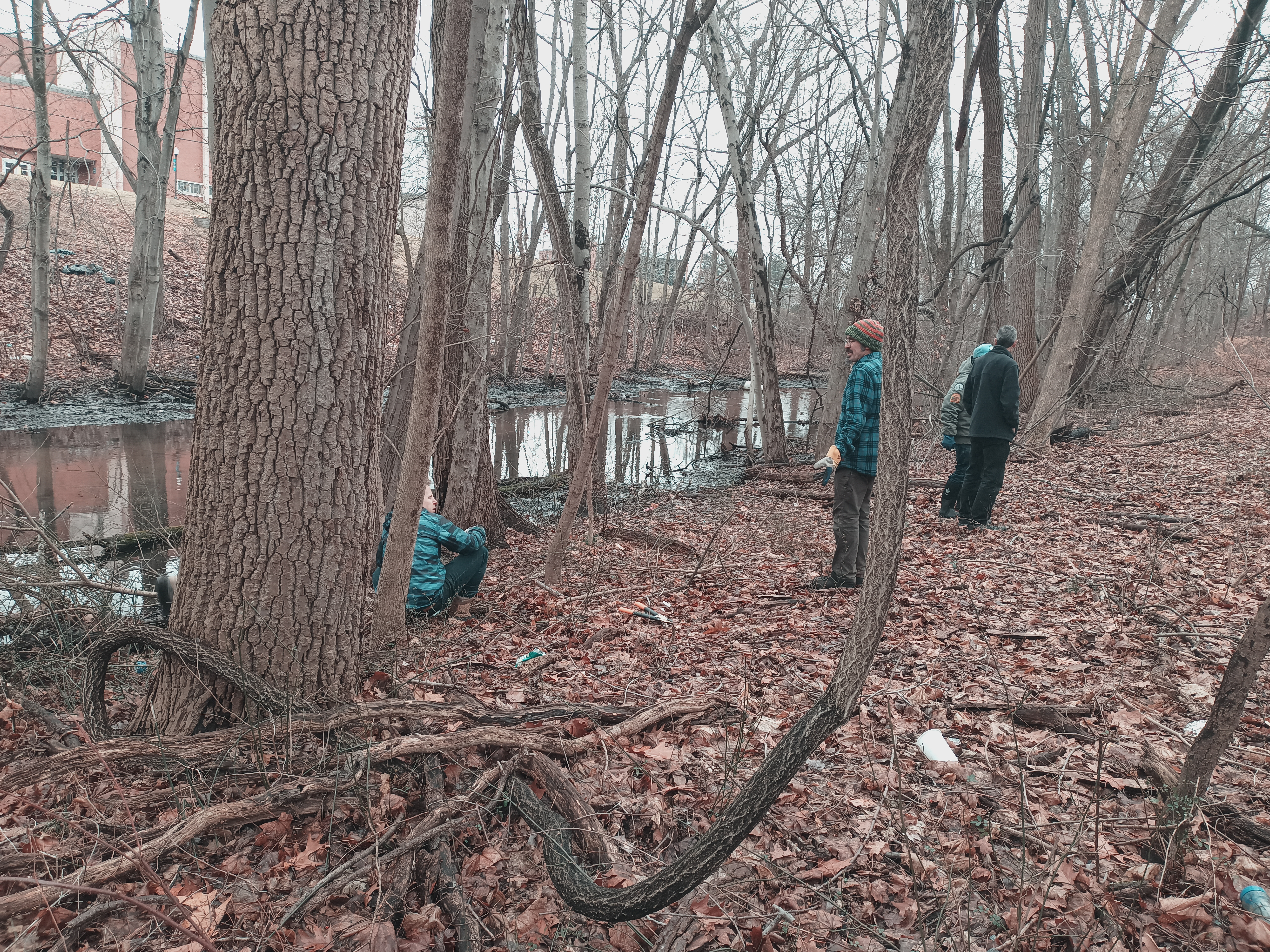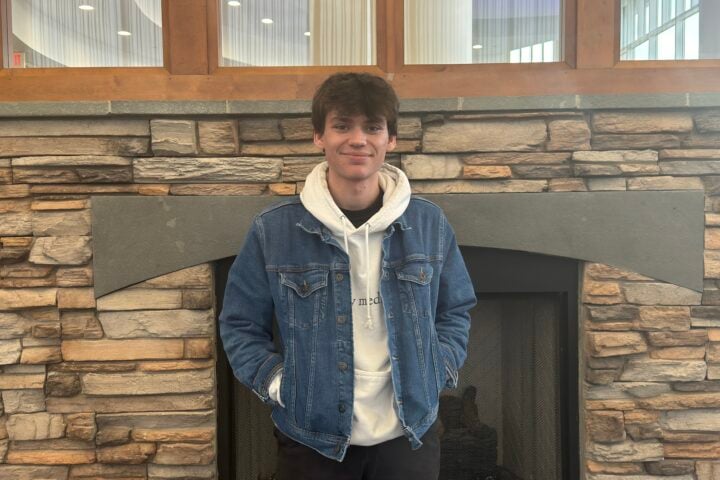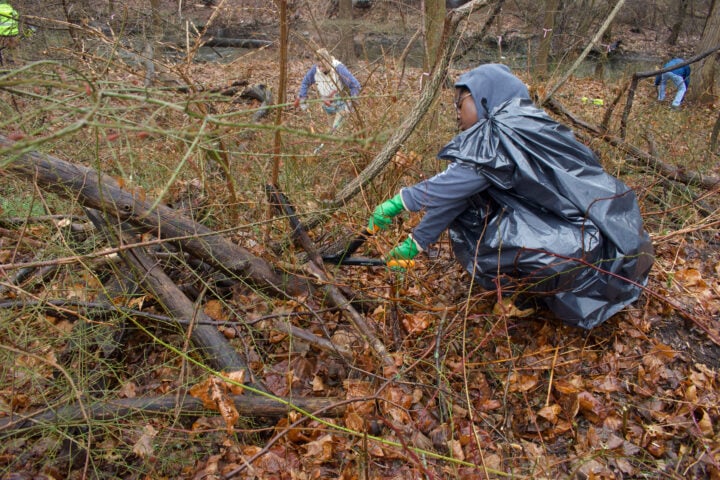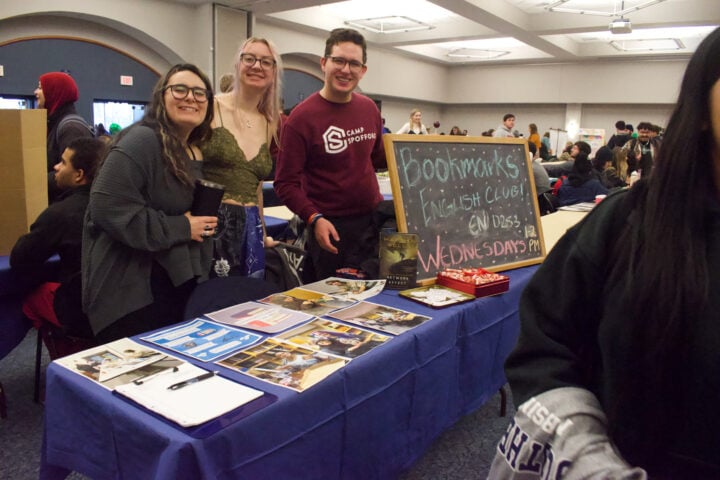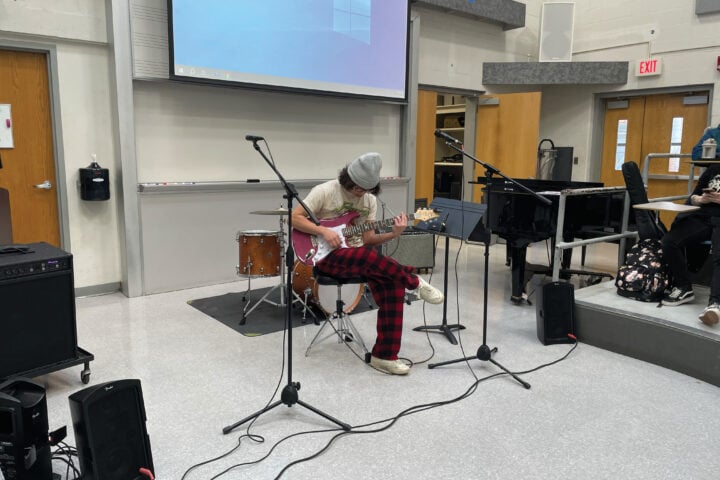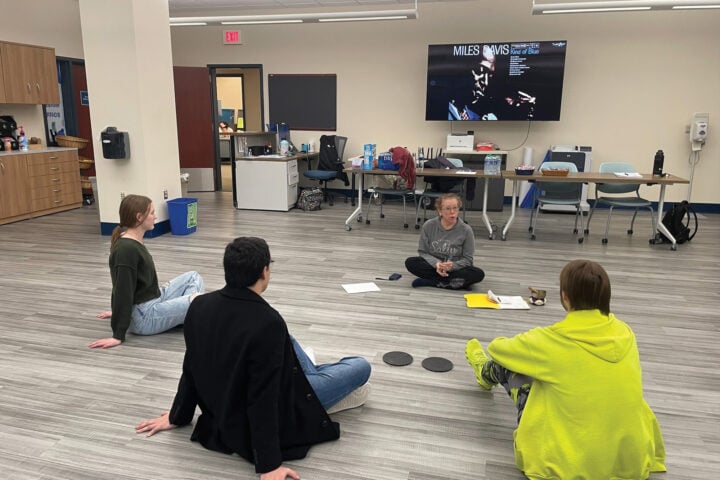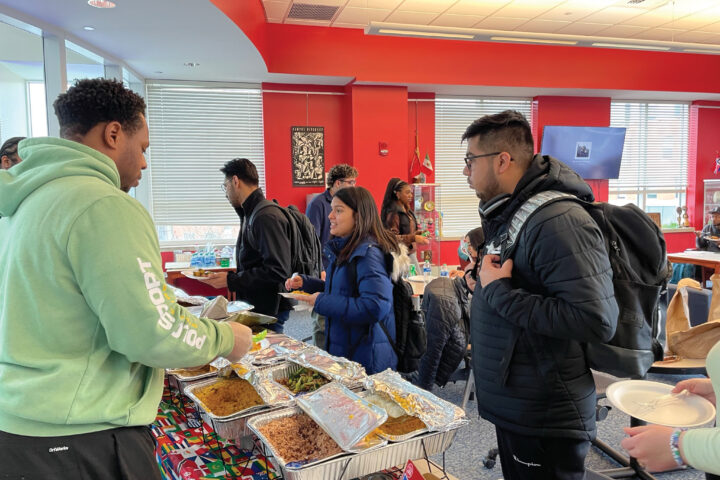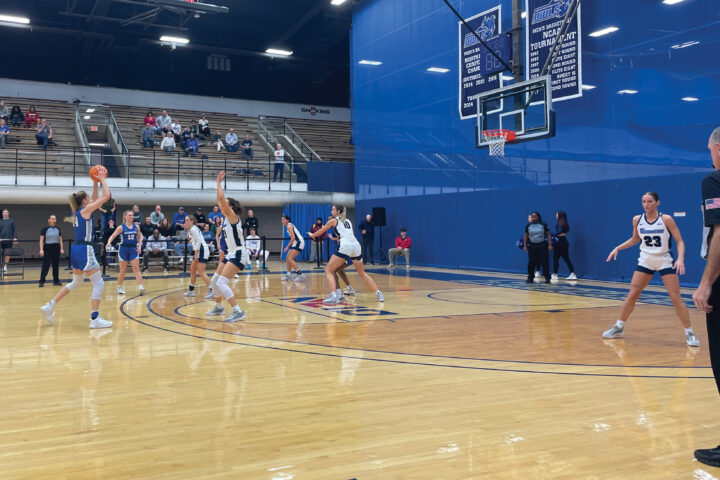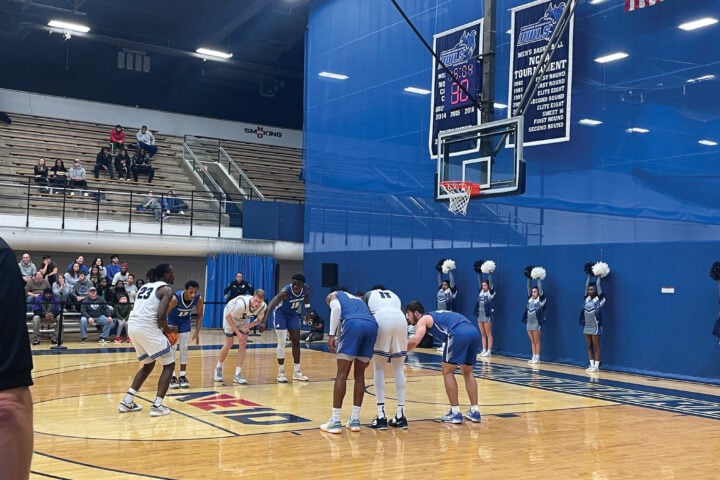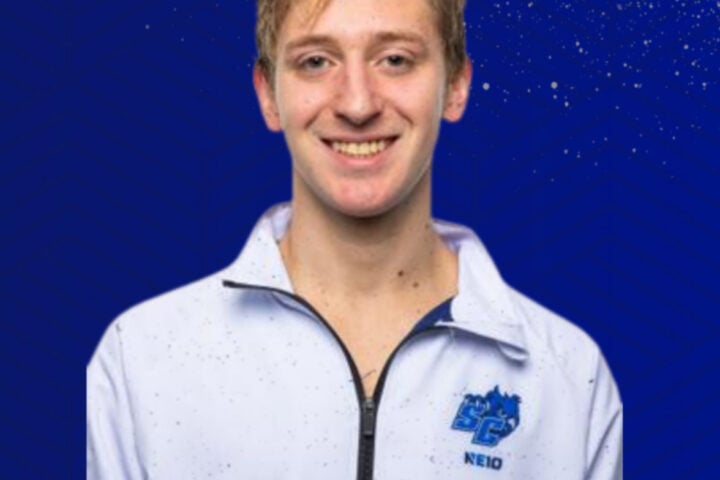Jene Thomas – General Assignment Reporter
In addition to 12-18 hours a week for classes, Southern student athletes are expected to dedicate around eight hours in five days for conditioning, according to field hockey player Vienna Pallisco, collaborative education major.
Oh, and that’s just during the off-season.
Pallisco said in the fall when the field hockey season is in session, her team conditions for 20 hours over six days. The long and seemingly tedious hours don’t last all year though. The athletes get a well-deserved break after their seasons finish.
“After the season ends, you have a mandatory two weeks off where [you] don’t do anything,” Pallisco said.
Other sports follow suit. Tom Lang of the SCSU Men’s Soccer Team encourages his soccer players to take a break after the season. He said he doesn’t want them doing too much.
“After the fall, we ask them to recuperate and rejuvenate,” said Lang.
They resume practices in the spring. Many coaches put together conditioning packets for their students. They will suggest individual or group exercises. However, there are other ways that the students could remain in good health without straining too many muscles or taking away from time in class.
Athletes need to be in good shape. Just as conditioning could help, keeping a healthy and balanced diet is also needed.
Each day needs to start off with a breakfast. Eating enough carbohydrates will provide the body with a good energy boost to continue the day. The NCAA nutrition guide suggests eggs, yogurt or whole grain toast with peanut butter.
They also suggest replenishing the carbohydrates during the day but that doesn’t mean piling on mounds of food onto a plate at Conn.
Students would do well to remember to stay hydrated. Even in the absence of intense workouts, a lack of water can have severe effects on the body, especially the body of an athlete. Without it, they may feel fatigued or drowsy more frequently.
Drowsiness can also occur from a lack of sleep. Aiming around eight hours of sleep each night helps the body’s immune system to defend against illnesses.
This doesn’t go to say that athletes are forbidden from working out. After a couple of weeks, returning to a exercise routine can’t hurt. In the off-season, students can still hit the fitness center in the Adanti Student Center. Their hours are posted on Southern’s website as well as outside of the room. There’s also the James Moore Fieldhouse on Wintergreen that houses a weight training room, among other workout spaces.
The life of a student-athlete is hard and sometimes people don’t usually know just how hard it is. Keeping a focus on priorities is a necessity, but overworking the body to accomplish all of the expected tasks is ludicrous and the stigma of needed to constantly workout to be in shape needs to be set straight.
Participation in athletics is a huge responsibility and monumental portion of the student athlete’s life. However, expectations are doubled for them. Not only must they attend each practice and game, as outline in the student athlete handbook, but also commit to their first priority.
“Your responsibility as a Southern Connecticut student-athlete is that of a student – FIRST AND FOREMOST,” as stated in the handbook.
With that in mind, they should continue their responsibilities but also be sure to take time for themselves. If coaches require, or even recommend taking a break, it would be in the students’ best interests to take them up on the offer.
Photo Credit: Derek Torrellas






















